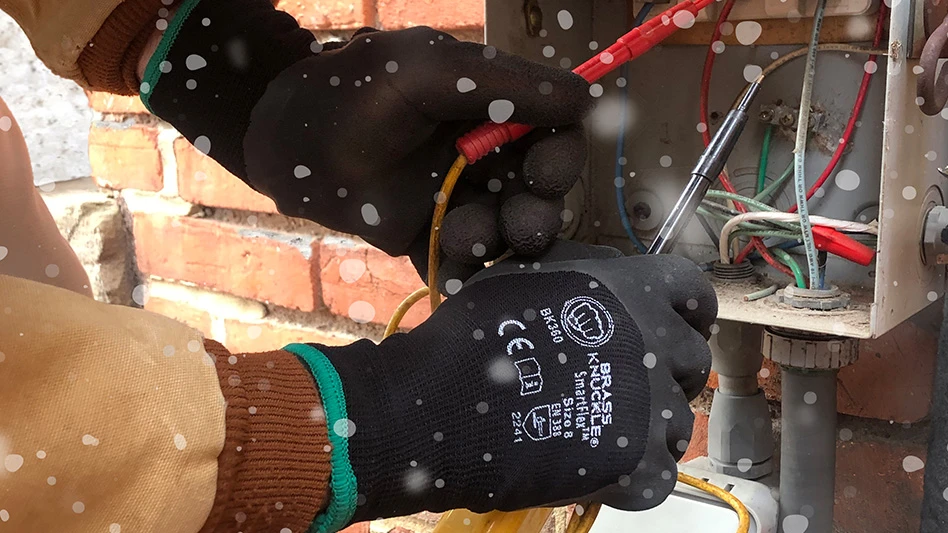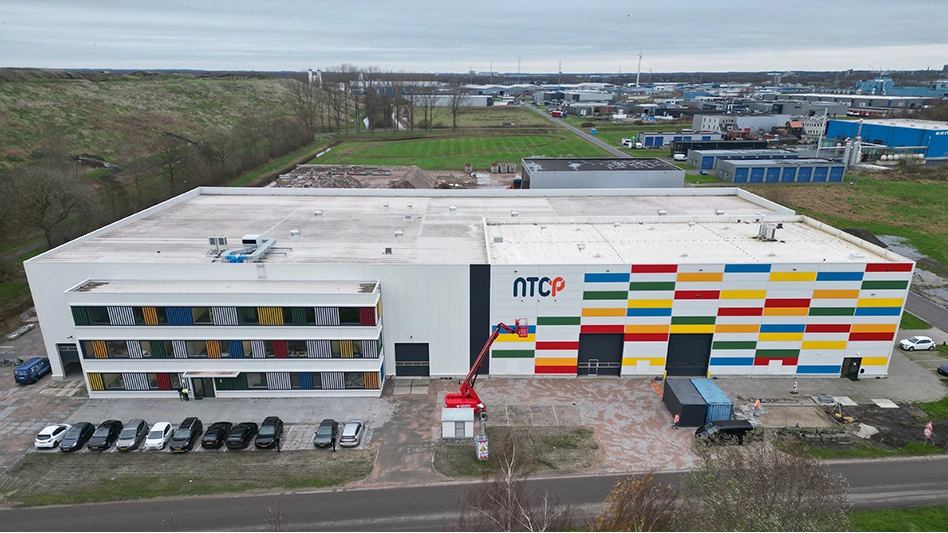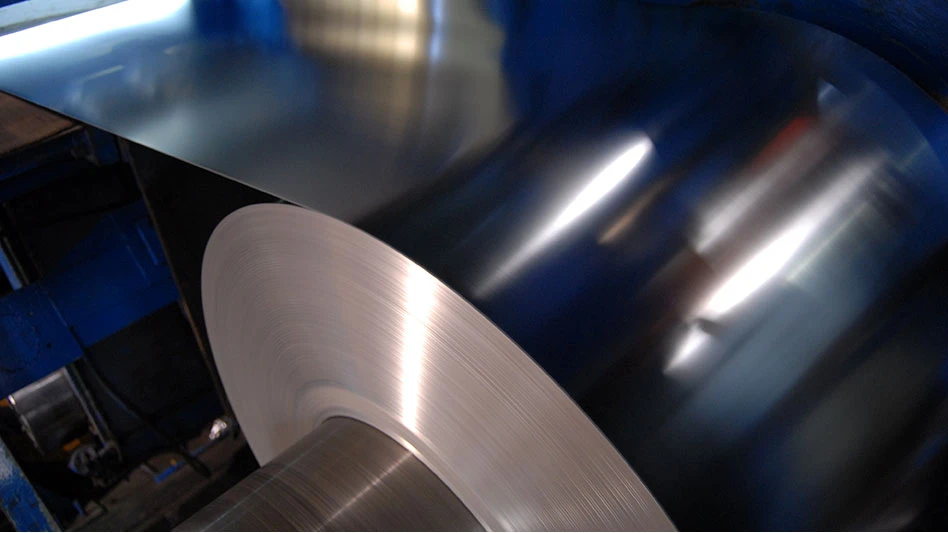 During the past several years, demand for plastic scrap has soared. New recycled-content manufacturingg capacity, both in the United States and overseas, continues to come online. And these new plants are requiring an ever-increasing volume of plastic scrap, including PET (polyethylene terephthalate), HDPE (high-density polyethylene), LDPE (low-density polyethylene) and other grades.
During the past several years, demand for plastic scrap has soared. New recycled-content manufacturingg capacity, both in the United States and overseas, continues to come online. And these new plants are requiring an ever-increasing volume of plastic scrap, including PET (polyethylene terephthalate), HDPE (high-density polyethylene), LDPE (low-density polyethylene) and other grades.
This surge in demand is driving recyclers to seek out additional sources of supply.
One sector that has escaped many plastics recyclers has been the agricultural industry. Large and small farms, greenhouses, nurseries, golf courses and similar businesses are all consuming and disposing of a fairly diverse range of plastics.
With concerns about supply shortages growing, intrepid recyclers may find opportunity in seeking out additional tonnage from the agricultural sector. These opportunities, however, come with significant challenges.
Diverse Applications
The volume of plastics used in the agriculture and landscape industries is quite significant. HDPE containers are used for chemicals packaging and different types of film are used for storage, irrigation and packaging. Plastics also are used for plant trays and pots and twine. While some of this material is being collected for recycling, a tremendous amount of material has yet to be recovered.
Patty Moore, president and CEO of Sonoma, Calif.-based Moore Recycling Associates, a waste management consulting firm with experience in researching and developing post-consumer plastics packaging recovery programs, says there are “huge opportunities” for growth in the agriculture sector. “There is a tremendous amount of film that goes on the fields. There is film used in greenhouses, plastic is used for twine. More companies are interested in being sustainable. This represents an untapped supply.”
The biggest challenge, she says, is the quality of the collected material. “How do you get the material and process it so it is not too dirty? The biggest issue is the dirt,” she says.
A network to collect, process and recycle plastic pesticide containers has been developed. In the United States, these containers typically range from one quart to 55 gallons.
Mary Sue Gilliland, vice president of operations and business development for Agri-Plas, a Brooks, Ore.-based plastics recycling company that specializes in processing plastics generated by the agriculture industry, says the requirements for collecting and processing these plastics are significant.
Ron Perkins is executive director for the Lexington, Va.-based Ag Container Recycling Council (ACRC), a nonprofit organization that has developed programs for the collection and recycling of plastic pesticide containers. He reports that close to 125 million pounds of plastic pesticide containers have been recycled in the United States since 1992 through ACRC programs. He adds that an average of 8 million pounds of HDPE containers have been recycled per year through the the group’s programs. The ACRC has established 1,500 sites in 42 states where applicators and farmers can drop off pesticide containers for recycling.
The ACRC, which is celebrating the 20th anniversary of its container collection program, has established a network to collect, grind and find end uses for the containers. Its several dozen members include most of the companies providing chemicals to the agriculture industry.
Perkins says applicators who take part in the program are mandated to triple wash all containers prior to turning them over for recycling. A handful of recycling companies collect the containers from the drop-off sites, granulating them on site. After the containers are granulated, the material is loaded into a “super sack” and delivered to a facility where the granulated plastic is run through a wash line to further clean the plastic and separate the paper and other nonplastic materials. The material is then shipped to an approved end consumer.
Perkins says there are approximately 30 approved end-use applications for the granulated plastics, including drain tiles and industrial pallets.
What makes the process so effective, Perkins says, is that companies that handle the material have to be approved by the ACRC, which ensures that the granulated plastic is not shipped to destinations where the plastics can be used in unsuitable applications given their previous contents. “It is an important thing that we control where the material goes.”
One company that has capitalized on ACRC’s work to develop an effective recycling process for pesticide containers is Interstate Ag Plastics, a plastics recycling company in Buttonwillow, Calif. The company has been in business for almost six years and is focused exclusively on handling and processing pesticide containers. Its service area is California and Arizona.
Brad Bittleson of Interstate Ag Plastics says the company has seen its collection program grow from roughly 1 million pounds in its first year to nearly 2 million pounds of pesticide containers.
“The biggest challenge we have is we don’t have enough equipment to handle all the supply that we have to deal with,” Bittleson says.
Along with serving the ACRC drop-off centers, Interstate works with California county agricultural agencies on collection events throughout the state.
In addition to its mobile granulating operation, Interstate Ag Plastics is developing a refurbishing program for containers larger than 55 gallons.
A program similar in design to the ACRC program is that of CleanFarms, a Canada-based nonprofit organization that is partly funded by a consortium of chemical companies.
Under CleanFarms’ empty pesticide container recycling program, applicators ship these containers to any of the 1,000 collection centers CleanFarms has established throughout Canada.
Barry Friesen, executive director of CleanFarms, says the organization’s empty pesticide container recycling program has found great success, reaching an estimated 64 percent recovery rate in Canada. Further, he says the participation rate is greater than 80 percent, meaning many of the country’s farmers and applicators are taking part in the program, though not all the time.
CleanFarms’ success in capturing a significant percentage of the pesticide containers, however, has created some challenges. The organization also is finding additional plastics are being included with the HDPE containers. CleanFarms says it would like to tap other companies to financially assist in a more comprehensive collection program.
A Dirty Business
Despite the abundance of plastics available from the agricultural industry, the amount of dirt found in these materials can be problematic.
Friesen says “cleanliness is a big problem, especially for the LDPE plastics” that are used in the ag business.
Gilliland estimates that dirt can account for as much as 50 percent of the weight of the ag plastics. She says cleaning the plastic film so it can meet the requirements of end consumers is significant and often requires increased labor.
Gilliland, who says her company is the largest plastics recycler dedicated exclusively to the ag business, still struggles with finding financial success because of the high cost of cleaning and the limited end markets for the material.
Sorting mixed plastics also can be a considerable expense for recyclers. The majority of mixed plastics that are generated in the agriculture business are shipped to China, where they are sorted by type, Gilliland says.
Several plastics exporters say Chinese customs officials have become much tougher on mixed loads of plastic scrap, prompting Gilliland to look for other end markets. Ultimately, she says, the plastics-to-fuel market may be critical.
Because of the breadth of plastics that are produced in the agricultural industry, including LDPE, various types of styrene plastics, polypropylene and other plastics, a significant amount of manual sorting can be required.
Another challenge is the cost of collecting the material. “You have to be centrally located to farms,” Gilliland says. It also helps to be close to the end markets, she says. Agri-Plas takes advantage of backhaul arrangements to secure more favorable shipping rates.
Another challenge is the level of interest on the part of the scrap generators. While some farmers and pesticide applicators have embraced recycling, several sources say there can be apathy among some farmers, who opt to either burn the plastic or bury the material instead of delivering it for recycling.
Going forward, recyclers of agricultural plastics contend that opportunities abound for growing the recycling of the material. However, they caution that these growth opportunities are accompanied by challenges in meeting the quality specifications of the end consumers.
The author is senior editor of Recycling Today and can be contacted at dsandoval@gie.net.

Explore the May 2012 Issue
Check out more from this issue and find your next story to read.
Latest from Recycling Today
- AISI, Aluminum Association cite USMCA triangular trading concerns
- Nucor names new president
- DOE rare earths funding is open to recyclers
- Design for Recycling Resolution introduced
- PetStar PET recycling plant expands
- Iron Bull addresses scrap handling needs with custom hoppers
- REgroup, CP Group to build advanced MRF in Nova Scotia
- Oregon county expands options for hard-to-recycling items





